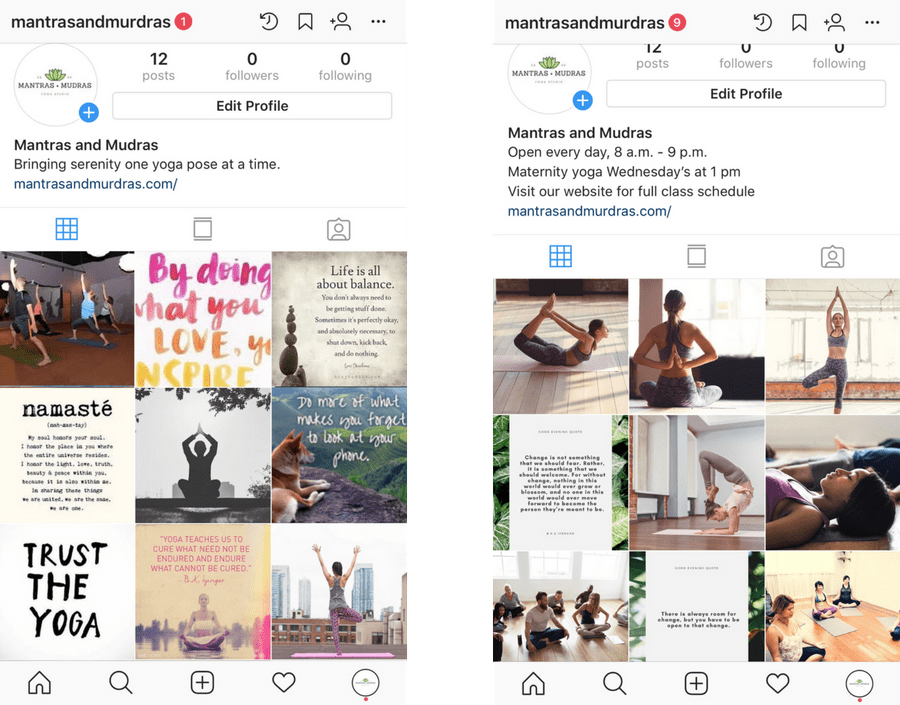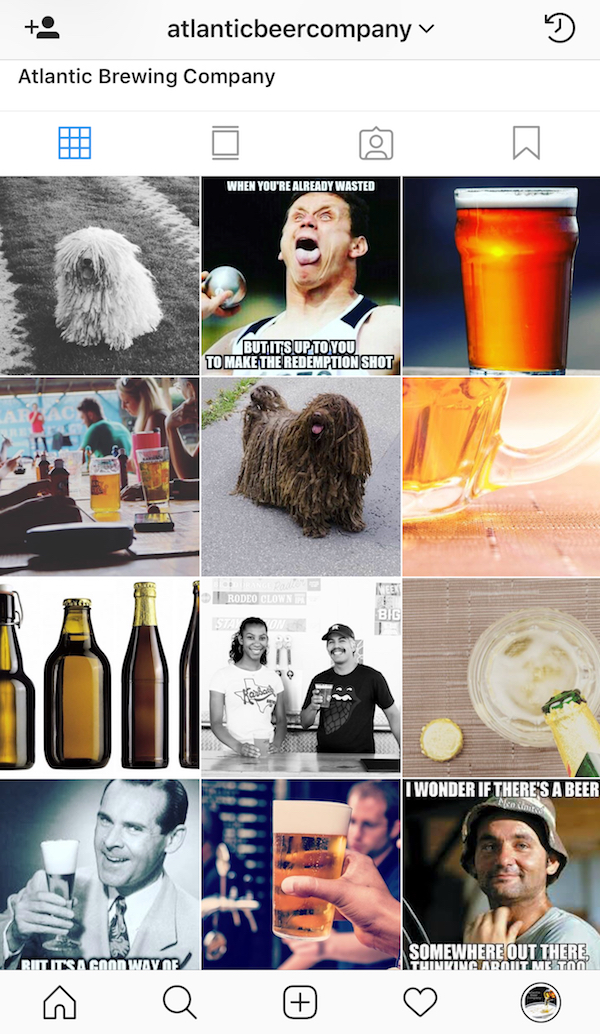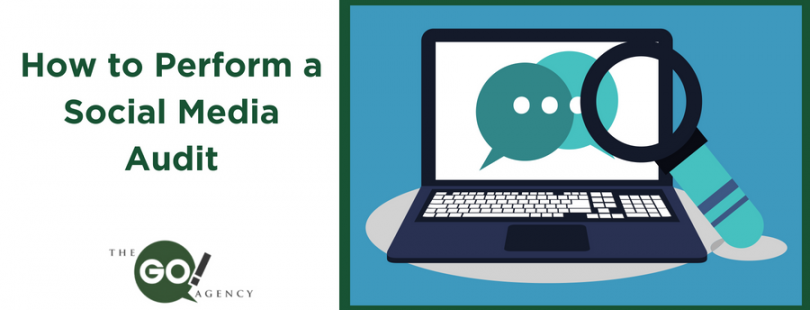I know, I know, I know. Budgeting at this time of year can be challenging at best. As we go into the 4th quarter, most of the marketing budget has probably already been spent. Every business enters the crucial 4th quarter period counting pennies and figuring out ways to cut costs so that they can still somehow end the year with a bang.
Why is this an issue for so many companies? Why does it keep happening year after year?
Two words: poor planning.
You don’t account for surprise marketing expenses. You don’t adequately track your annual marketing spend. You just don’t plan.
Listen, what’s done is done: you need to move forward. Tomorrow is a new day–a day when you still will have the ability to plan and budget for your success. The wonderful world of social media marketing has many hidden expenses that can pop up suddenly. So expect the unexpected–and include the unexpected in your budget!
Let’s throw the other important factor into the mix: the holiday season. You need to answer some basic questions before you can begin your preparations. Are you a product company or a service company? Do you know what you should realistically expect to pay for social media advertising during the busy holiday season? What are your objectives? How much saturation will you need to overcome in your market? What are your competitors doing?
Now that you have those basics, how do you prepare the perfect budget for your holiday marketing on social media? Here are my tried-and-true, go-to tips to help you begin!
- The Objectives: What does your business need to achieve in that all-important 4th quarter? Increase number or amount of sales? Get rid of old stock? Build awareness for an upcoming initiative or launch? Your first step when it comes to any budget is to understand what you want to achieve.
- The Where: Once you understand what you want to achieve, you need to think about where you’re going to focus your efforts. Facebook, Twitter, Instagram, YouTube? All of them? This is important as each one of these has not only a different price tag for entry, but includes a whole separate set of work.
- The Who: Now that you have objectives and social media sites in mind, who is doing the work. In-house, or are you outsourcing? Why – there is a cost associated with this decision.
Now it’s time to work on your budget:
- What Are You Working With? Take a look at your annual budget and see what is left. How much will you be able to allocate to your social media marketing for the holiday season?
- What Is Your Timeline? How long will your holiday marketing campaign last? Do you want to slowly escalate it, or stay at one pace? When will you be doing the most marketing?
- What About Advertising? If you don’t plan on outsourcing your social media efforts, this will be your only remaining price pusher. How much do you want to spend on social media advertising? If you are new to this concept, I would suggest Facebook Advertising. It has a low barrier to entry and will help you understand how to execute a campaign. My top tip is to test ideas for your advertising accounts before you launch the full holiday campaign!
This will help you get your ducks–or reindeer–in a row. Remember that the more you spend on social media advertising (when the correct audience and metrics are in place, of course), the more results you will see. Now get going!
Read More


















